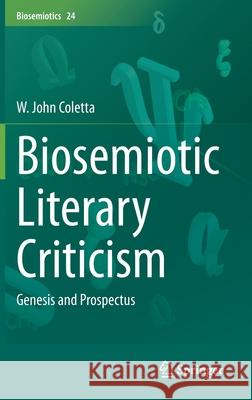Biosemiotic Literary Criticism: Genesis and Prospectus » książka
topmenu
Biosemiotic Literary Criticism: Genesis and Prospectus
ISBN-13: 9783030724948 / Angielski / Twarda / 2021 / 271 str.
Kategorie:
Kategorie BISAC:
Wydawca:
Springer
Seria wydawnicza:
Język:
Angielski
ISBN-13:
9783030724948
Rok wydania:
2021
Wydanie:
2021
Numer serii:
000351603
Ilość stron:
271
Waga:
0.58 kg
Wymiary:
23.39 x 15.6 x 1.75
Oprawa:
Twarda
Wolumenów:
01
Dodatkowe informacje:
Wydanie ilustrowane











